7 Easy Ways to Make Your Home More Private
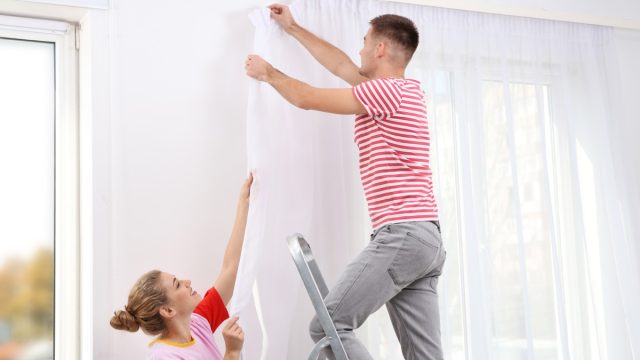
Your home is a safe space where you can unwind and be fully yourself, away from the prying eyes of the public. However, if your space lacks privacy from neighbors, you may start to feel as though you can never truly relax in peace. Adding privacy features to your home can help you reclaim that feeling of total security and autonomy—and doing so doesn’t necessarily have to mean spending lots of time or money. Read on to learn seven easy ways to make your home more private from your neighbors, according to home design experts.
RELATED: The 5 Best Potted Plants for Your Front Porch, Gardening Experts Say.
1
Use frosted glass accents.
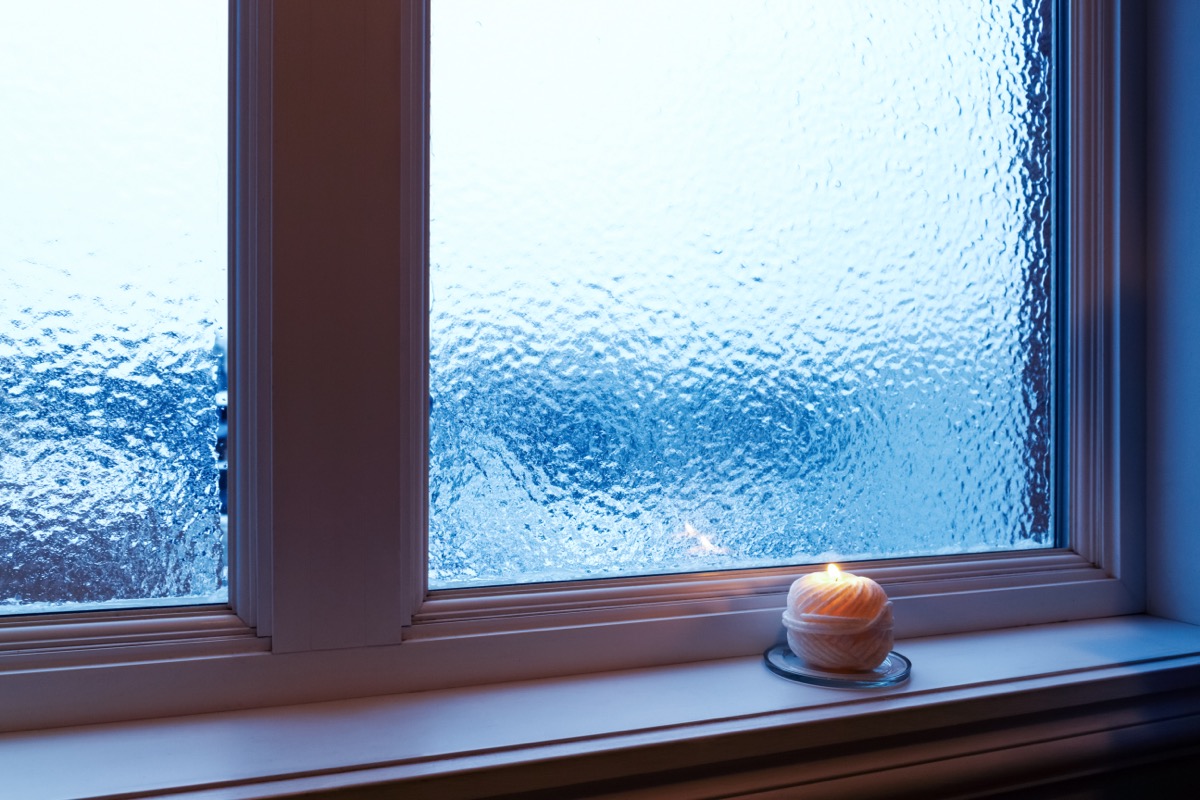
Any time you add a privacy feature, you should first ask yourself what that feature adds to the space—and what it takes away. In many cases, people end up exchanging natural light for privacy—a trade-off that may leave you unhappy in the end. But installing mirrored or frosted glass is one way to enhance privacy without losing light.
“Whether you choose it for your windows, room dividers, or shower screens, the semi-translucent characteristic of frosted glass allows natural light to penetrate, without compromising on seclusion,” explains Artem Kropovinsky, founder of the New York-based interior design studio Arsight. “Mirrored glass, on the other hand, reflects light and views, making it difficult for anyone to peek inside.”
2
Install interior shutters.
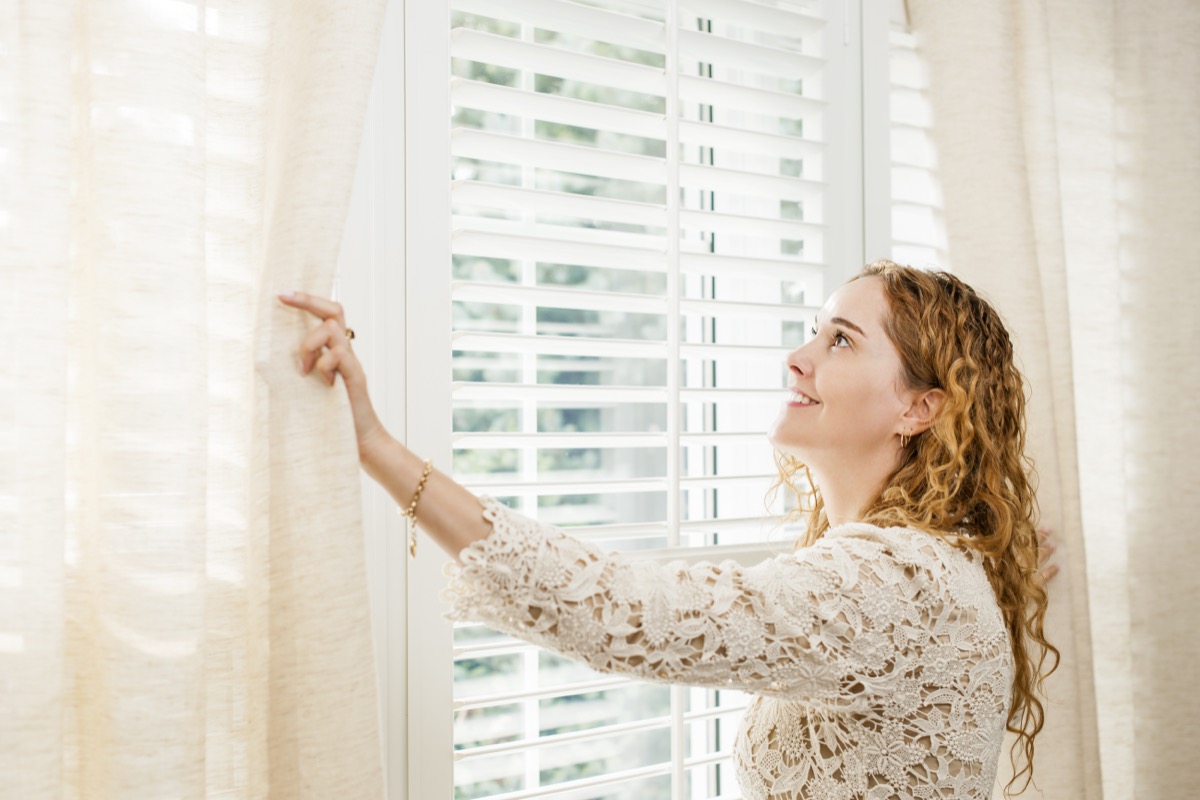
Curtains are probably the most obvious way to add privacy to your home. “Opt for sheer curtains if you desire natural light, or blackout curtains for total privacy,” suggests Kropovinsky. Shades or blinds are another common option.
But home design blogger and influencer Stefana Silber recommends a different type of window treatment, which she says can add privacy without blocking light.
“The best way to make a home private is to install interior shutters. You can pull down shades or draw curtains but when you do that, you also limit natural light in the home,” Silber tells Best Life. “On the other hand, tilting the louvers of shutters can provide privacy while also letting light in the rooms.”
RELATED: 5 Things You Should Never Ask Your Neighbors to Do, Etiquette Experts Say.
3
Integrate more greenery.

Plants can add subtle privacy without closing off your space—and they come with the added benefits of improving your air quality, enhancing your decor, and even improving your mood.
“Large indoor plants, vine walls, or bamboo screens can create a natural partition inside your home, adding not only privacy but also a refreshing touch of nature,” says Kropovinsky.
George Brown, CEO of UrbanLeafy, suggests tall indoor plants such as ficus or monstera plants. “These can serve as natural barriers that block sight lines and create a sense of seclusion.”
4
Experiment with height and elevation.
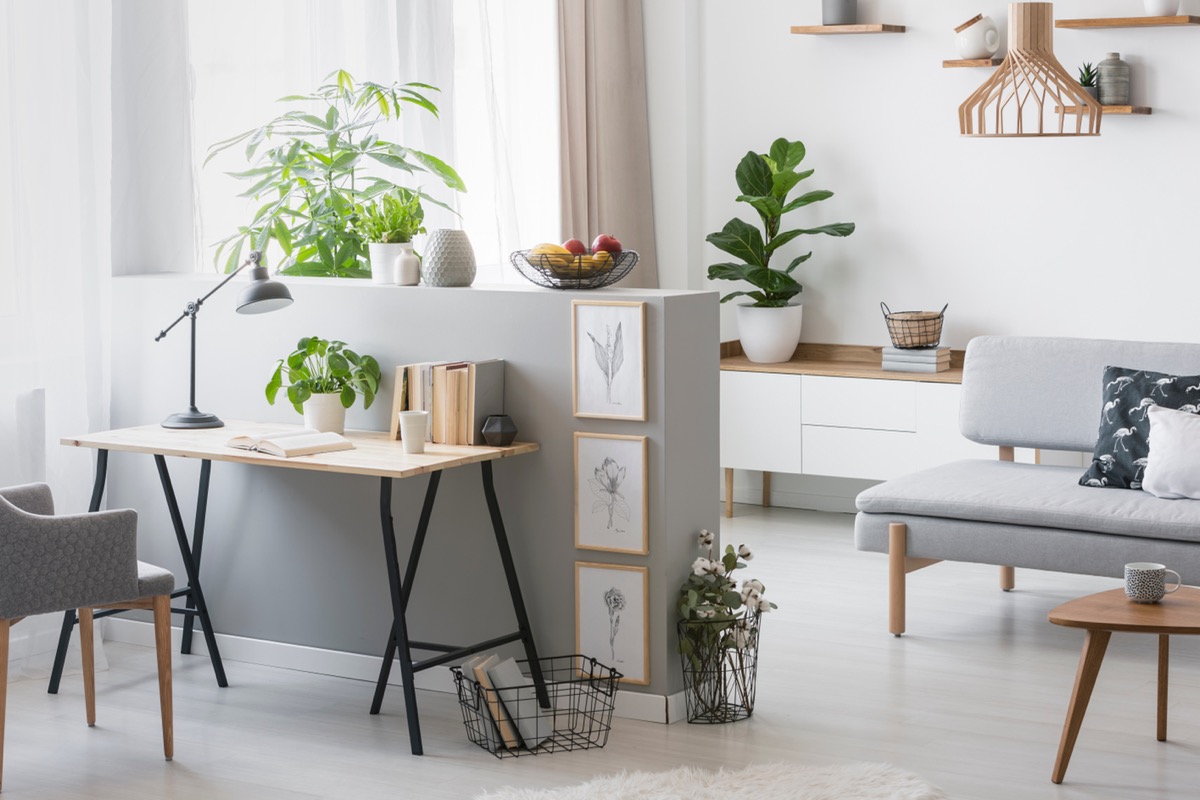
When different areas of your home are at different elevations, this not only provides an interesting visual break but can also effectively shield you from neighboring views.
“Utilizing elevation changes in both your interior and exterior design can add layers to your space and help create a sense of privacy,” explains Kropovinsky. “Inside, half walls or step-down areas like sunken living rooms can create distinct zones without obstructing the open feel. In your outdoor space, consider terracing or raised decks.”
RELATED: 7 Expert Tips for Adding a Privacy Fence to Your Yard.
5
Play with latticework.
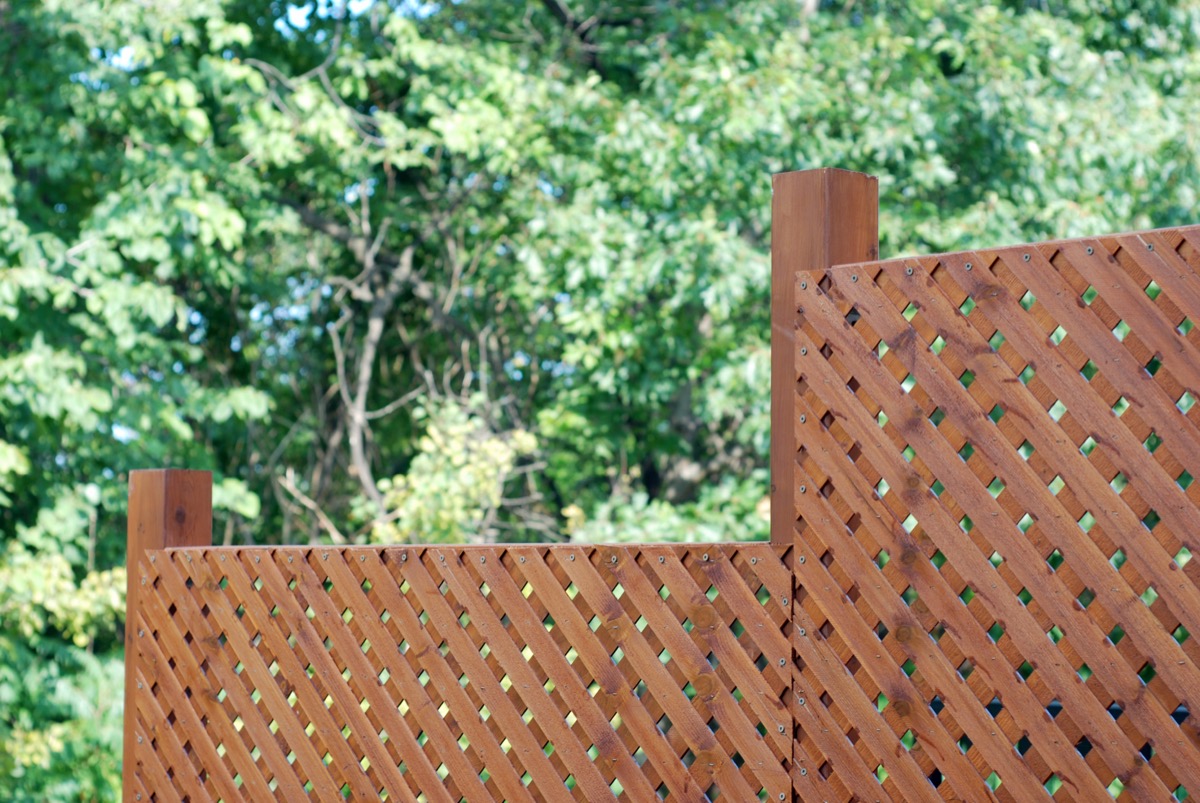
Whether simple or intricate, latticework can add visual appeal while partially obscuring the areas of your home that you wish to keep private.
Kropovinsky says that it’s traditionally used in gardens to block direct views while still allowing light and air to circulate. “Planting climbers and creepers can add a green touch, making the latticework a beautiful feature in itself,” he adds.
He says you can also use this feature indoors as a room divider or to add an architectural element of design, while also shielding certain areas from view.
6
Upgrade your outdoor seating area.
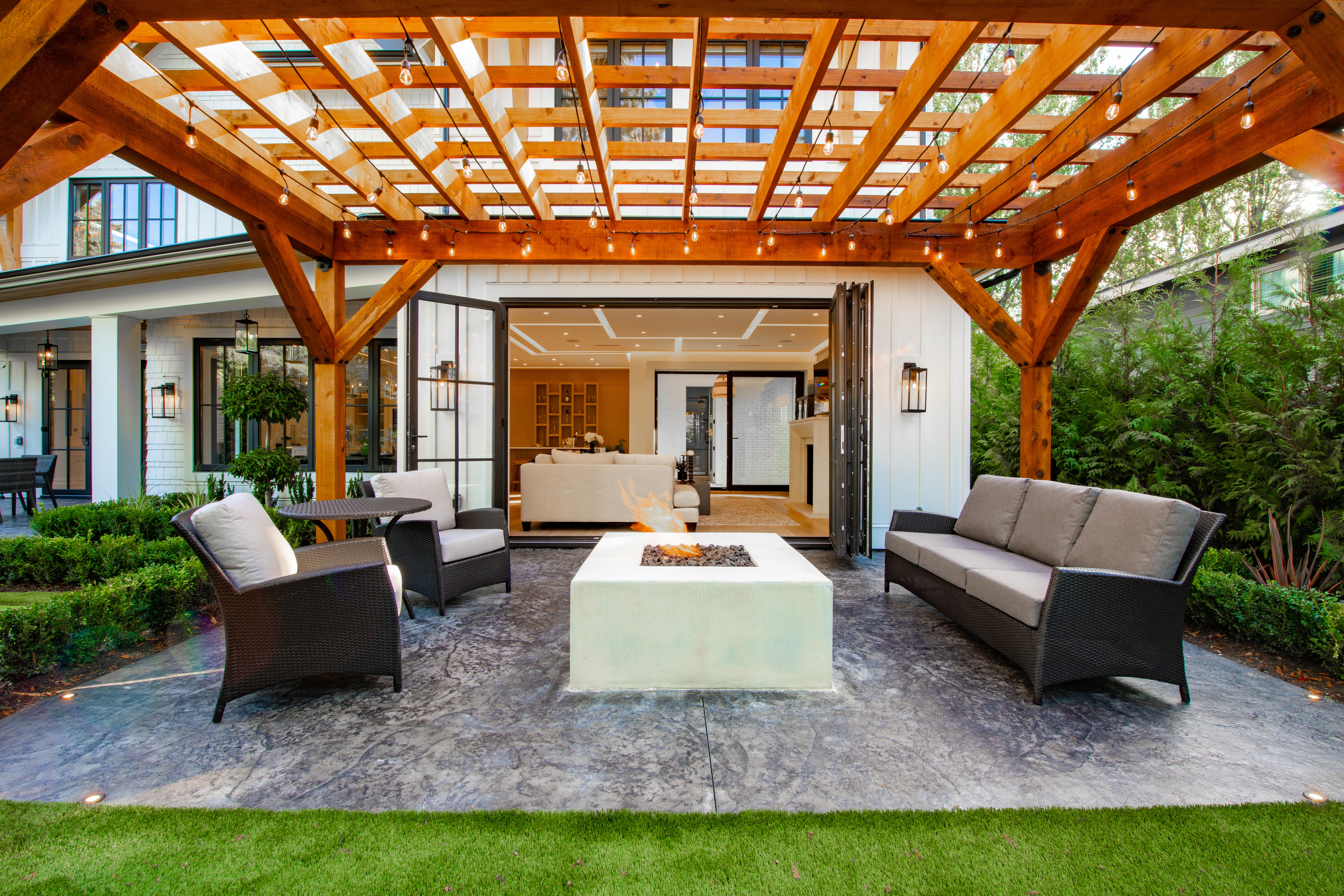
For more privacy while in your backyard, Brown suggests upgrading your seating area.
“Building structures like pergolas or gazebos in your backyard can provide a private space for outdoor activities. You can further enhance their privacy by adding climbing plants or curtains,” he notes.
However, you won’t necessarily need to hire a pricey contractor to get the privacy you want. You can also buy a pop-up canopy to enjoy similar results with far less money and effort spent.
For more home decor tips sent directly to your inbox, sign up for our daily newsletter.
7
Install screens, fencing, or hedges.
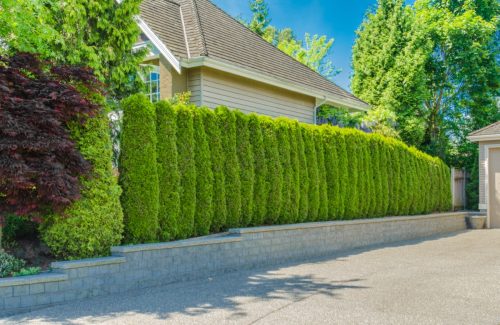
Finally, Brown suggests adding permanent features to your yard, such as privacy fences, walls, or hedges.
“A well-placed fence or hedge can provide substantial outdoor privacy. Choose a design that complements your home and consider the maintenance requirements,” he advises.
However, if you’re not ready to fully commit to a new structure on your property, you can also try a privacy screen.
“Privacy screens are a versatile solution for creating private spaces both indoors and outdoors. They come in various designs to suit your home’s aesthetic and can be easily moved and adjusted as per your needs,” Brown adds.